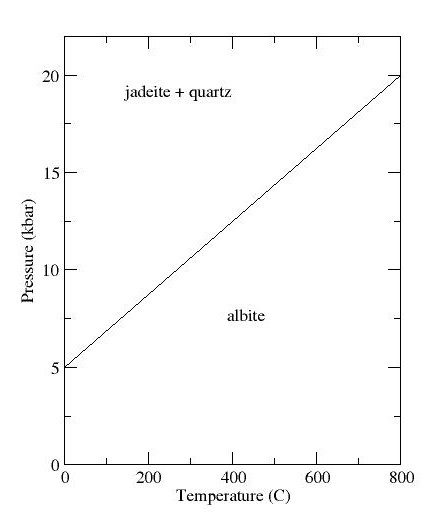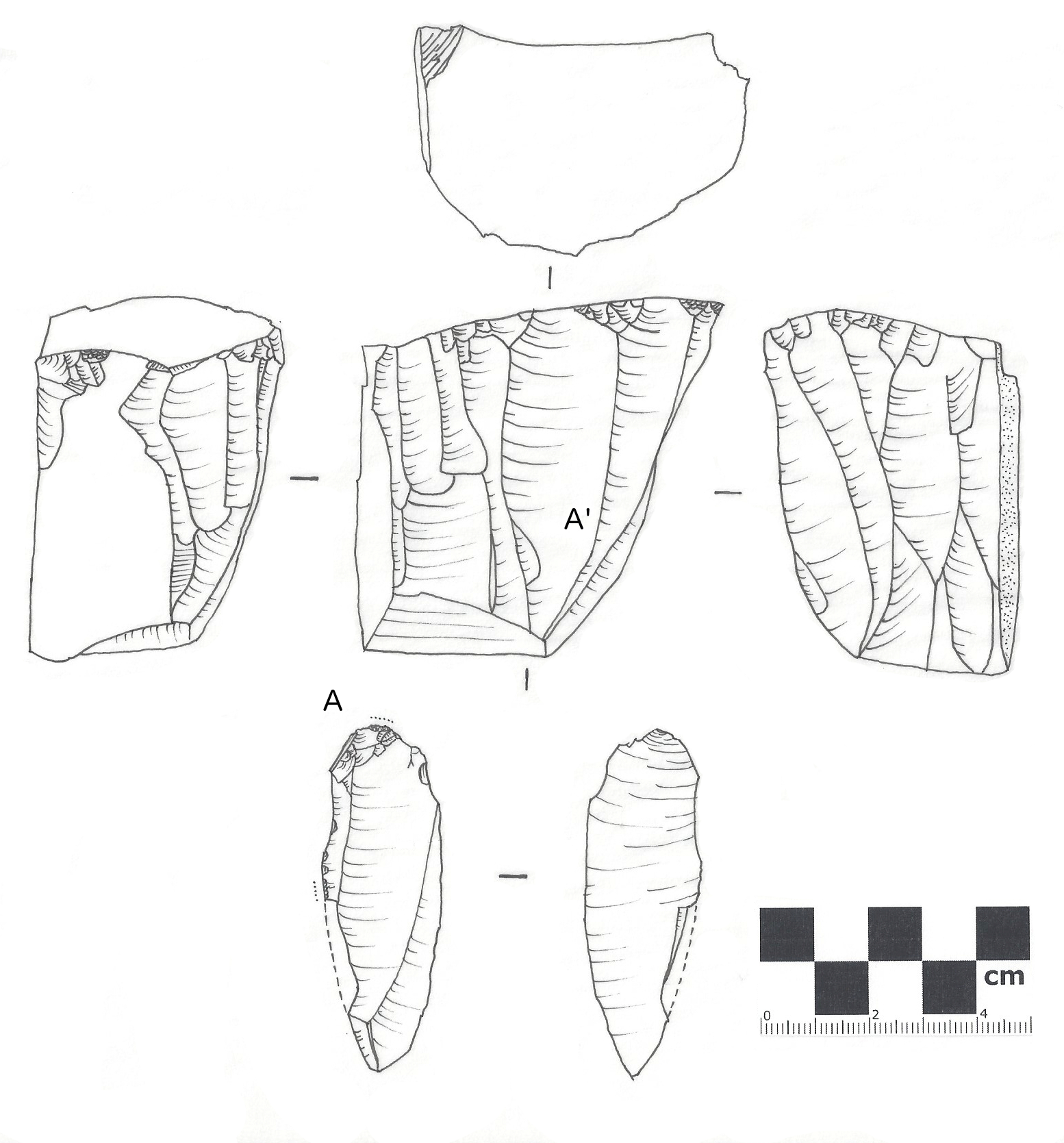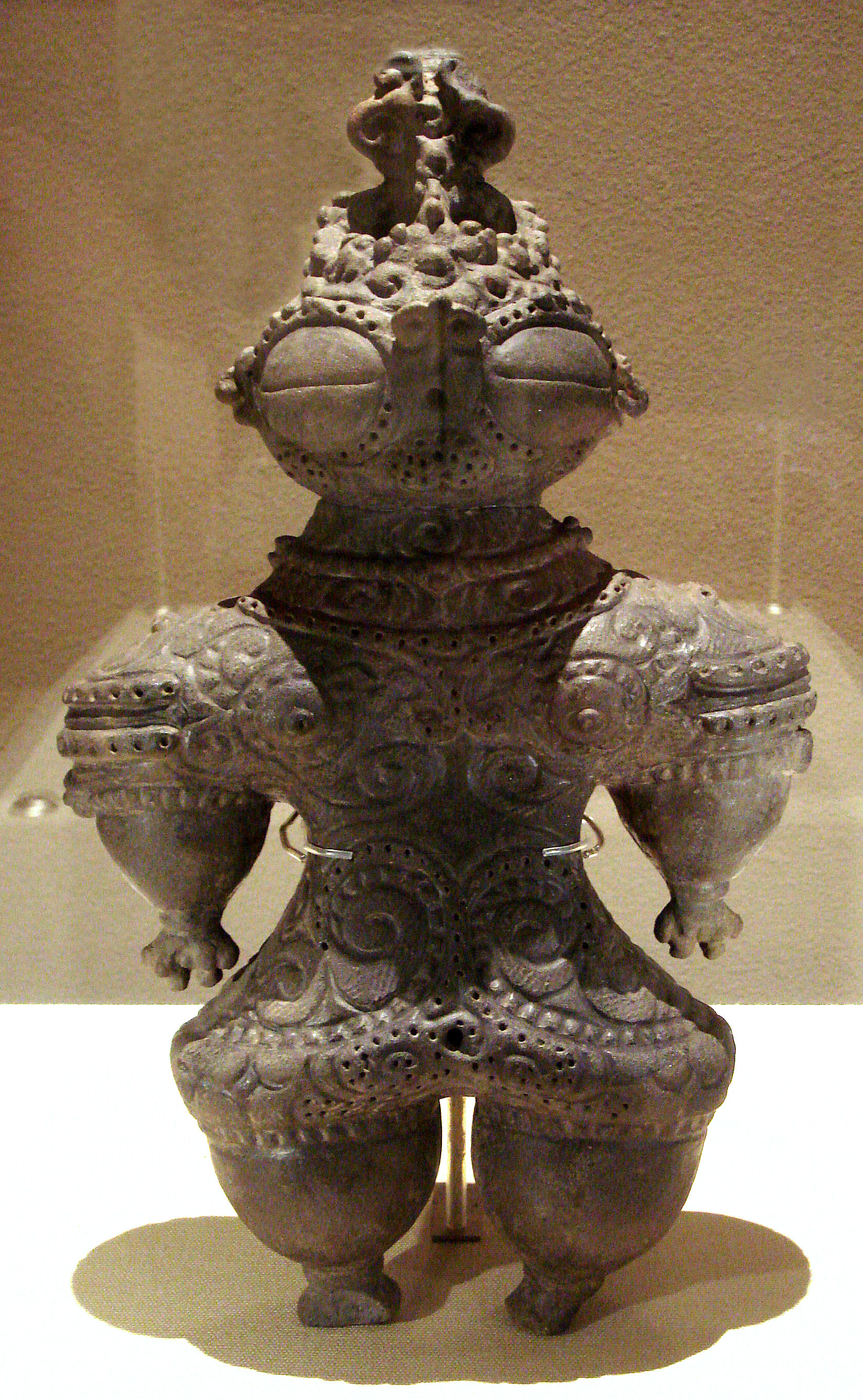|
Jizōden Site
The is an archaeological site containing the ruins of a large-scale Yayoi period settlement located in the Goshono neighborhood of the city of Akita in the Tōhoku region of Japan. It also contains artifacts from the Jōmon period and the Japanese Paleolithic periods. The site was designated a National Historic Site of Japan in 1996. The site is currently maintained as an archaeological park with some reconstructed buildings. Overview The Goshonō Plateau is a large plateau in the center of the Akita Plain, in the southeastern part of Akita City, at the confluence of the Omono River and its tributary the Iwami River. Since the 1970s, a new town named the “Akita New Urban Development Project” was launched on approximately 380 hectares of this plateau area. Since construction began in 1981, 31 ruins were located, and an emergency excavation was performed by the Akita City Board of Education. Ruins from the Japanese Paleolithic period, Jōmon period, Yayoi period, and Heian p ... [...More Info...] [...Related Items...] OR: [Wikipedia] [Google] [Baidu] |
Akita (city)
is the capital and most populous city of Akita Prefecture, Japan, and has been designated a core city since 1 April 1997. , the city has an estimated population of 300,502 persons in 136,628 households and a population density of 332 persons per km2. The total area of the city is . History The area of present-day Akita was part of ancient Dewa Province, and has been inhabited for thousands of years. The Jizōden ruins within the city limits are a major archaeological site with artifacts from the Japanese Paleolithic period through the Jōmon and Yayoi periods. During the Nara period, the imperial court established Akita Castle in 733 AD to bring the local Emishi tribes under its control. The area was ruled by a succession of local samurai clans in the Sengoku period, before coming under the control of the Satake clan of Kubota Domain during the Edo period. Under the Tokugawa shogunate, a castle town developed around Kubota Castle. Meiji and Taishō Eras With the start of ... [...More Info...] [...Related Items...] OR: [Wikipedia] [Google] [Baidu] |
Jadeite
Jadeite is a pyroxene mineral with composition Na Al Si2 O6. It is hard (Mohs hardness of about 6.5 to 7.0), very tough, and dense, with a specific gravity of about 3.4. It is found in a wide range of colors, but is most often found in shades of green or white. Jadeite is formed only in the subduction zones of continental margins, where rock undergoes metamorphism at high pressure but relatively low temperature. Jadeite is the principal mineral making up the most valuable form of jade, a precious stone particularly prized in China. Most gem-quality jadeite jade comes from northern Myanmar. Jade tools and implements have been found at Stone Age sites, showing that the mineral has been prized by humans since before the beginning of recorded history, written history. Name The name ''jadeite'' is derived (via and ) from the Spanish language, Spanish phrase "piedra de ijada" which means "stone of the side". The Latin version of the name, ''lapis nephriticus'', is the origin of the ... [...More Info...] [...Related Items...] OR: [Wikipedia] [Google] [Baidu] |
List Of Historic Sites Of Japan (Akita)
This list is of the Monuments of Japan, Historic Sites of Japan located within the Prefectures of Japan, Prefecture of Akita Prefecture, Akita. National Historic Sites As of 1 July 2019, thirteen Sites have been Cultural Properties of Japan, designated as being of national Values (heritage), significance (including one *List of Special Places of Scenic Beauty, Special Historic Sites and Special Natural Monuments, Special Historic Site); Mount Chōkai spans the prefectural borders with Yamagata Prefecture, Yamagata. Prefectural Historic Sites As of 24 May 2019, forty Sites have been designated as being of prefectural importance. Municipal Historic Sites As of 1 May 2018, a further one hundred and seventy-eight Sites have been designated as being of municipal importance. See also * Cultural Properties of Japan * Dewa Province * Mutsu Province * Akita Prefectural Museum * List of Cultural Properties of Japan - paintings (Akita) * List of Places of Scenic Be ... [...More Info...] [...Related Items...] OR: [Wikipedia] [Google] [Baidu] |
Lithic Flake
In archaeology, a lithic flake is a "portion of rock (geology), rock removed from an objective piece by percussion or pressure,"Andrefsky, W. (2005) ''Lithics: Macroscopic Approaches to Analysis''. 2d Ed. Cambridge, Cambridge University Press and may also be referred to as simply a ''flake'', or collectively as debitage. The objective piece, or the rock being reduced by the removal of flakes, is known as a lithic core, core.Andrefsky, W. (2005) ''Lithics: Macroscopic Approaches to Analysis''. 2d Ed. Cambridge, Cambridge University Press Once the proper tool stone has been selected, a percussor or pressure flaker (e.g., an antler Tine (structural), tine) is used to direct a sharp blow, or apply sufficient force, respectively, to the surface of the stone, often on the edge of the piece. The energy of this blow propagates through the material, often (termination type, but not always) producing a Hertzian cone of force which causes the rock to fracture in a controllable fashion. Since c ... [...More Info...] [...Related Items...] OR: [Wikipedia] [Google] [Baidu] |
Lithic Core
In archaeology, a lithic core is a distinctive Artifact (archaeology), artifact that results from the practice of lithic reduction. In this sense, a core is the scarred nucleus resulting from the detachment of one or more lithic flake, flakes from a lump of source material or tool stone, usually by using a hard hammer precursor such as a hammerstone. The core is marked with the negative scars of these flakes. The surface area of the core which received the blows necessary for detaching the flakes is referred to as the striking platform. The core may be discarded or shaped further into a core tool, such as can be seen in some types of handaxe. Definitions A "core" can be defined in a number of different ways based on the theoretical and methodological approach of the archaeologist. Typological approaches to classify cores are generally based on a combination of the technological attributes and presumed function of an artefact while technological approaches are generally based ... [...More Info...] [...Related Items...] OR: [Wikipedia] [Google] [Baidu] |
Scraper (archaeology)
In prehistoric archaeology, scrapers are unifacial tools thought to have been used for hideworking and woodworking. Many lithic analysts maintain that the only true scrapers are defined on the base of use-wear, and usually are those that were worked on the distal ends of blades—i.e., " end scrapers" (). Other scrapers include the so-called " side scrapers" or racloirs, which are made on the longest side of a flake, and notched scrapers, which have a cleft on either side that may have been used to attach them to something else. Scrapers are typically formed by chipping the end of a flake of stone in order to create one sharp side and to keep the rest of the sides dull to facilitate grasping it. Most scrapers are either circle or blade-like in shape. The working edges of scrapers tend to be convex, and many have trimmed and dulled lateral edges to facilitate hafting. One important variety of scraper is the thumbnail scraper, a scraper shaped much like its namesake. Thi ... [...More Info...] [...Related Items...] OR: [Wikipedia] [Google] [Baidu] |
Ōu Main Line
The is a railway line in Japan, operated by the East Japan Railway Company (JR East). It connects Fukushima Station (Fukushima), Fukushima Station through Akita Station to Aomori Station. Since the opening of the Yamagata Shinkansen on July 1, 1992, the Fukushima–Yamagata section (as well as the Yamagata–Shinjō section since 1999) is sometimes referred to as the Yamagata Line. The name of the line as a whole refers to the ancient provinces of Japan, provinces of Mutsu Province, Mutsu () and Dewa Province, Dewa (), as it connects both ends of Mutsu by passing north–south through Dewa. Route data *East Japan Railway Company *Total distance: (Fukushima–Aomori, Tsuchizaki–Akitakō) **East Japan Railway Company *** (Fukushima–Aomori) **Japan Freight Railway Company *** (Tsuchizaki–Akitakō) *** (Yokote–Aomori) *** (Aomori–Aomori Stoplight Station) *Rail gauge, Rail Gauge: ** ***Shinjō–Ōmagari ***Akita–Aomori ** ***Fukushima–Yamagata ***U ... [...More Info...] [...Related Items...] OR: [Wikipedia] [Google] [Baidu] |
JR East
The is a major passenger railway company in Japan and the largest of the seven Japan Railways Group companies. The company name is officially abbreviated as JR-EAST or JR East in English, and as in Japanese. The company's headquarters are in Yoyogi, Shibuya, Tokyo, next to Shinjuku Station. It is listed in the Tokyo Stock Exchange (it formerly had secondary listings in the Nagoya Stock Exchange, Nagoya and Osaka Exchange, Osaka stock exchanges), is a constituent of the TOPIX Large70 index, and is one of three Japan Railways Group constituents of the Nikkei 225 index, the others being Central Japan Railway Company, JR Central and West Japan Railway Company, JR West. History JR East was incorporated on 1 April 1987 after being spun off from the government-run Japanese National Railways (JNR). The spin-off was nominally "privatization", as the company was actually a wholly owned subsidiary of the government-owned Japanese National Railway Settlement Corporation, JNR Settlement C ... [...More Info...] [...Related Items...] OR: [Wikipedia] [Google] [Baidu] |
Yotsugoya Station
is a railway station in the city of Akita, Akita Prefecture, Japan, operated by East Japan Railway Company (JR East). Lines Yotsugoya Station is served by the Ōu Main Line, and is located 292.3 km from the starting point of the line at Fukushima Station. Station layout The station has a single island platform, connected to the station building by a footbridge. The station is unattended. Akita Shinkansen trains run through this station, using the tracks adjacent to Platform 1. File:Yotsugoya station platform.jpg, Platform in June, 2023 File:Yotsugoya station gate.jpg, Gates in June, 2023 Platforms History Yotsugoya Station was opened on 16 August 1917 as a station on the Japanese Government Railways (JGR). JGR became the Japanese National Railways (JNR) after World War II. The station was absorbed into the JR East network upon the privatization Privatization (rendered privatisation in British English) can mean several different things, most commonly refe ... [...More Info...] [...Related Items...] OR: [Wikipedia] [Google] [Baidu] |
Yayoi Pottery
Yayoi pottery (弥生土器 Yayoi doki) is earthenware pottery produced during the Yayoi period, an Iron Age era in the history of Japan traditionally dated 300 BC to AD 300. The pottery allowed for the identification of the Yayoi period and its primary features such as agriculture and social structure. History Distinguishing characteristics of the Yayoi period include the appearance of new pottery styles that distinguishes it from the earlier Jōmon pottery. A point of difference is evident in the way Yayoi pottery is technically superior but artistically less advanced due to the way Jōmon pottery featured greater freedom of design and more variety of shape. It was followed by the Haji pottery of the Kofun period The is an era in the history of Japan from about 300 to 538 AD (the date of the introduction of Buddhism), following the Yayoi period. The Kofun and the subsequent Asuka periods are sometimes collectively called the Yamato period. This period is .... There ... [...More Info...] [...Related Items...] OR: [Wikipedia] [Google] [Baidu] |
Dogū
are small humanoid and animal figurines made during the later part of the Jōmon period (14,000–400 BC) of prehistoric Japan. ''Dogū'' come exclusively from the Jōmon period, and were no longer made by the following Yayoi period. There are various styles of ''dogū'', depending on the exhumation area and time period. The National Museum of Japanese History estimates that the total number of ''dogū'' is approximately 15,000, while ''The Japan Times'' places the figure at approximately 18,000. ''Dogū'' were made across all of Japan, except Okinawa. Most of the ''dogū'' have been found in eastern Japan and it is rare to find one in western Japan. The purpose of the ''dogū'' remains unknown and should not be confused with the clay ''haniwa'' funerary objects of the Kofun period (250 – 538 C.E.). Everyday ceramic items from the period are called Jōmon pottery. Origins Some scholars theorize the ''dogū'' acted as effigies of people, that manifested some kind of ... [...More Info...] [...Related Items...] OR: [Wikipedia] [Google] [Baidu] |
Stone Axe
Stone tools have been used throughout human history but are most closely associated with prehistoric cultures and in particular those of the Stone Age. Stone tools may be made of either ground stone or knapped stone, the latter fashioned by a craftsman called a flintknapper. Stone has been used to make a wide variety of tools throughout history, including arrowheads, spearheads, hand axes, and querns. Knapped stone tools are nearly ubiquitous in pre-metal-using societies because they are easily manufactured, the tool stone raw material is usually plentiful, and they are easy to transport and sharpen. The study of stone tools is a cornerstone of prehistoric archaeology because they are essentially indestructible and therefore a ubiquitous component of the archaeological record. Ethnoarchaeology is used to further the understanding and cultural implications of stone tool use and manufacture. Knapped stone tools are made from cryptocrystalline materials such as chert, flin ... [...More Info...] [...Related Items...] OR: [Wikipedia] [Google] [Baidu] |







